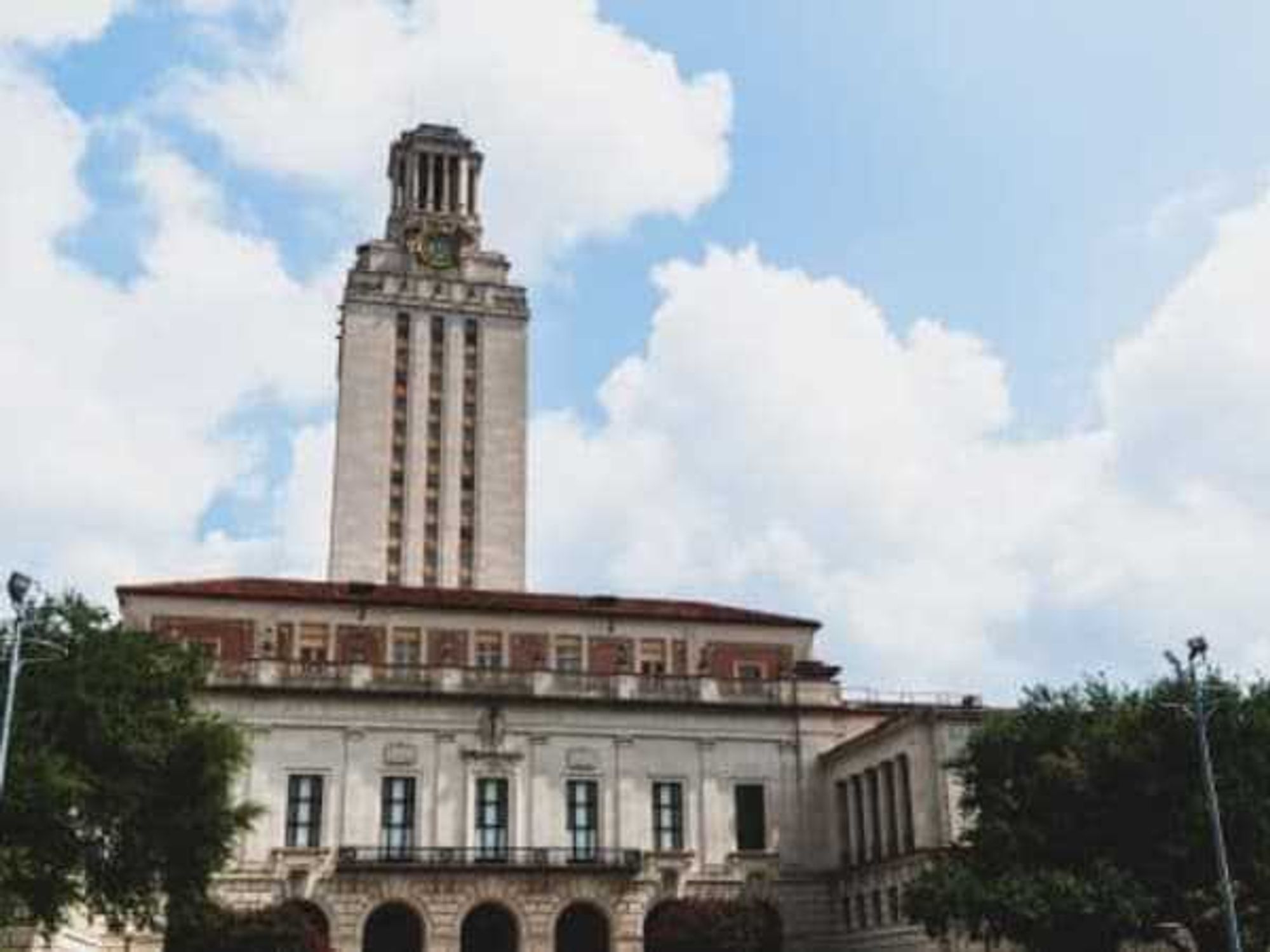Work-from-home Hub
Austin is the No. 1 big city for telecommuting, study says

Austin is the capital of Texas, but it’s also the nation’s capital of telecommuting. A new 50-city study shows that Austin boasts the largest share of telecommuters in the U.S.
A Brookings Institution analysis of U.S. Census Bureau data indicates the share of workers telecommuting in Austin jumped from 4.6 percent in 2007 to 8.2 percent in 2016. That’s the highest share among the country’s 50 largest cities.
Austin’s telecommuting climb makes perfect sense to Brie Reynolds, senior career specialist at FlexJobs, a website that promotes work-from-home jobs.
“Austin has seen record population growth, which has translated to horrendous traffic,” Reynolds says, “but it’s also populated with many professionals who are engaged in work that can be done remotely at least part of the time.”
Denver barely trails Austin for the share of big-city workers who telecommute, according to the Brookings analysis. They’re followed, in descending order, by Portland, Oregon; Seattle; and Atlanta.
The Census Bureau data comes from the American Community Survey. The annual survey asks Americans how they typically got to work during the previous week; one of the options is “worked at home.” Experts presume that someone who selects the worked-at-home option spends at least half of the workweek at home.
In terms of sheer numbers, the Brookings analysis of Census Bureau estimates shows 44,485 workers in Austin were telecommuting in 2016. That compares with 18,707 in 2007. While that spike is impressive, it is more indicative of the growth of Austin’s population and workforce than it is the growth of telecommuting.
Austin sits well above the overall share of telecommuters in the U.S. workforce — 5 percent. Arlington is barely ahead of that, at 5.1 percent. The Brookings analysis shows Dallas, Fort Worth, Houston, San Antonio, and El Paso fall below the national mark.
In a blog post, the Brookings Institution points out that 32 of the 50 major cities in its analysis saw significant increases in their work-from-home rates from 2007 to 2016, citing Austin; Charlotte, North Carolina; and Memphis, Tennessee as examples.
For employees in Austin and elsewhere, working remotely saves time, reduces stress, and boosts productivity, Reynolds says.
“Especially in large and growing cities, a combination of worsening traffic, improving high-speed internet, and growth in jobs related to the knowledge economy means that more people and companies are both empowered and able to embrace remote work than ever before,” she says.
In Austin, companies like Dell Technologies — the region’s second largest employer — have been behind the telecommuting movement. Four years ago, Dell set a goal of having 50 percent of its employees working remotely by 2020.
Meanwhile, another major employer in Austin has halted telecommuting altogether. Earlier this year, IBM pulled the plug on its work-from-home policy, meaning that every employee now must show up at the office.
Here’s the rundown of the share of telecommuters for the seven biggest cities in Texas, according to the Brookings Institution analysis.
Austin
- 2007 share — 4.6 percent
- 2016 share — 8.2 percent
Arlington
- 2007 share — 3.5 percent
- 2016 share — 5.1 percent
Dallas
- 2007 share — 3.5 percent
- 2016 share — 4.9 percent
Fort Worth
- 2007 share — 3.1 percent
- 2016 share — 4.4 percent
San Antonio
- 2007 share — 2.2 percent
- 2016 share — 3.8 percent
Houston
- 2007 share — 3.3 percent
- 2016 share — 3.5 percent
El Paso
- 2007 share — 2.3 percent
- 2016 share — 2.7 percent
